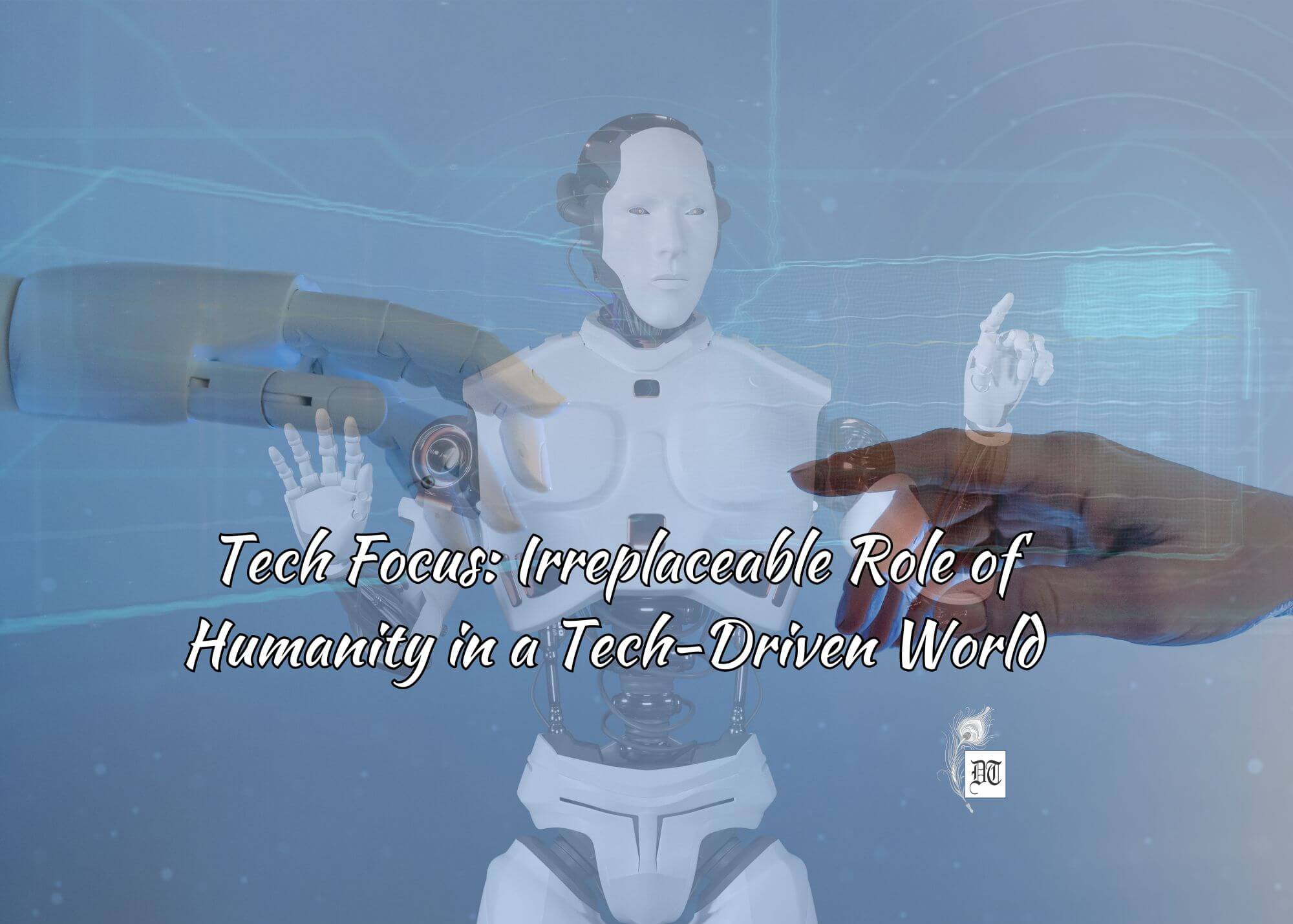Dr Navodita explores the Indian Constitution’s protection of freedom of speech and expression, emphasising the need for responsible online behaviour and respect for diverse viewpoints, exclusively for Different Truths.

It all begins with the desire to revolt and find freedom. But as rightly put, Article 19(1) of the Constitution of India discusses the six freedoms—one of which lies at the heart of finding your true voice and squeaking your own little opinion within the four walls of ‘freedom’. Freedom of speech and expression is one of the fundamental rights that form the backbone of our Constitution. In the era of social media, it becomes ever more important to become mindful and sensitive to others’ feelings and sentiments before we decide what to post on social media.
We all heard about the terror attack in France (2015) where Charlie Hebdo’s office was assaulted by two French-born Algerian terrorists to protest objectionable cartoons of Prophet Muhammad. They claimed to be members of Al-Qaeda. Similar allegations of ‘sedition’ were made against political cartoonist Aseem Trivedi in 2012, due to his controversial works of art where he projected Ashok Chakra and the Indian Constitution in a negative light.
Voices of Dissent
We should also not ignore the voices of dissent coming from the likes of Gauri Lankesh, a noted activist and editor, and Kanhaiya Kumar, a student leader-turned-politician. They came into the limelight for raising a voice against the draconian laws curbing visual representation, speech, or written words that cause or give rise to ‘hatred or contempt’ or work to incite anti-government feelings among citizens. Yet, these dissenters have started a trail of voices that give meaning to the anguish felt by citizens against government laws and policies that limit freedom and free speech.
Raising a voice against government policies that may not suit citizens or lead to their welfare needs to be done with care and with the utmost respect for the integrity and esteem of the national symbols and emblems.
Different Ideology
On social media sites such as X, LinkedIn, Facebook, and Instagram, we are always careful about how others might feel about what we write. While it becomes a potent tool for disagreement and expressing one’s opinion, it also is a great tool to connect with people who are different from you and may belong to a different ideology or have a different way of thinking.
Respect for differences leads to diversity and a ‘synthesis’ of ideas arising from two opposing viewpoints rather than hatred or aggression. The sooner we realise the nature of social media, the better it is for us as social media users.
Picture design by Anumita Roy






 By
By

 By
By